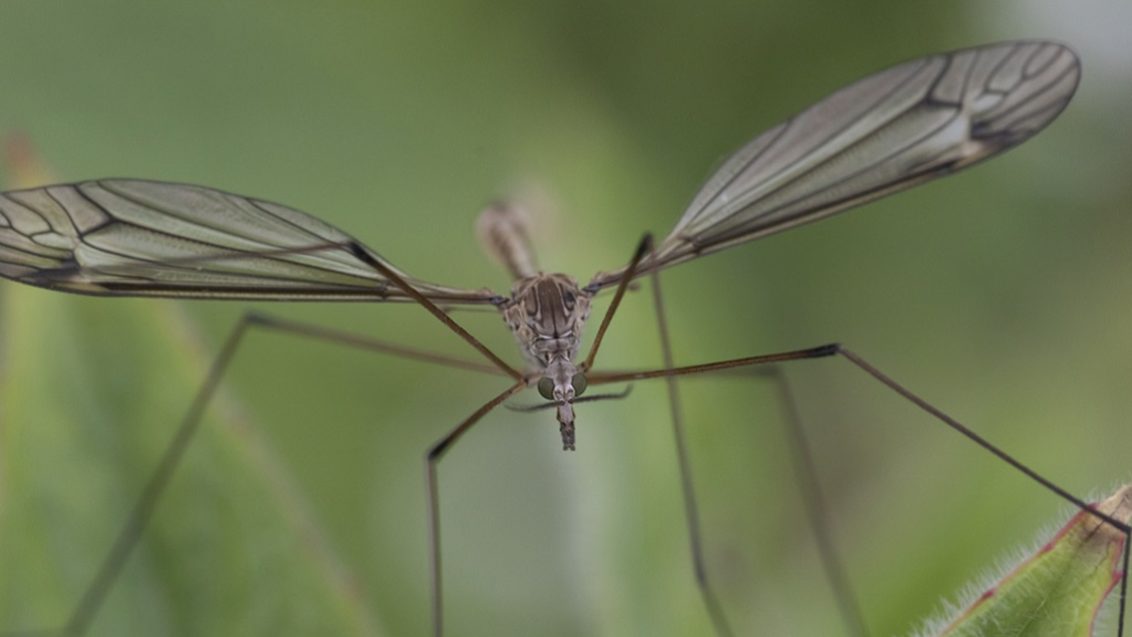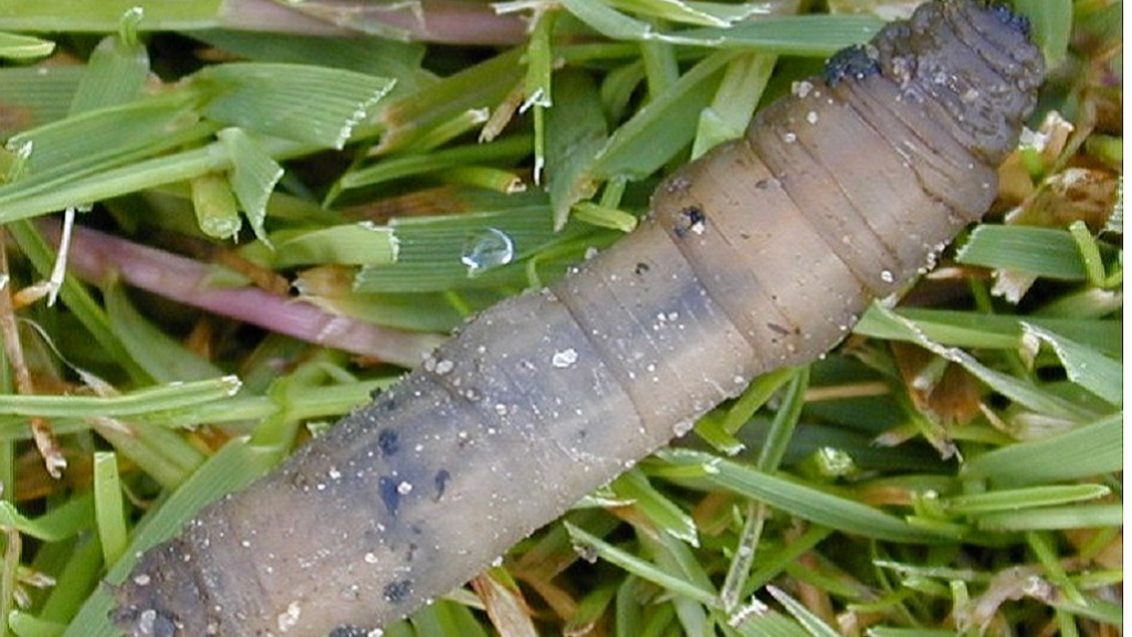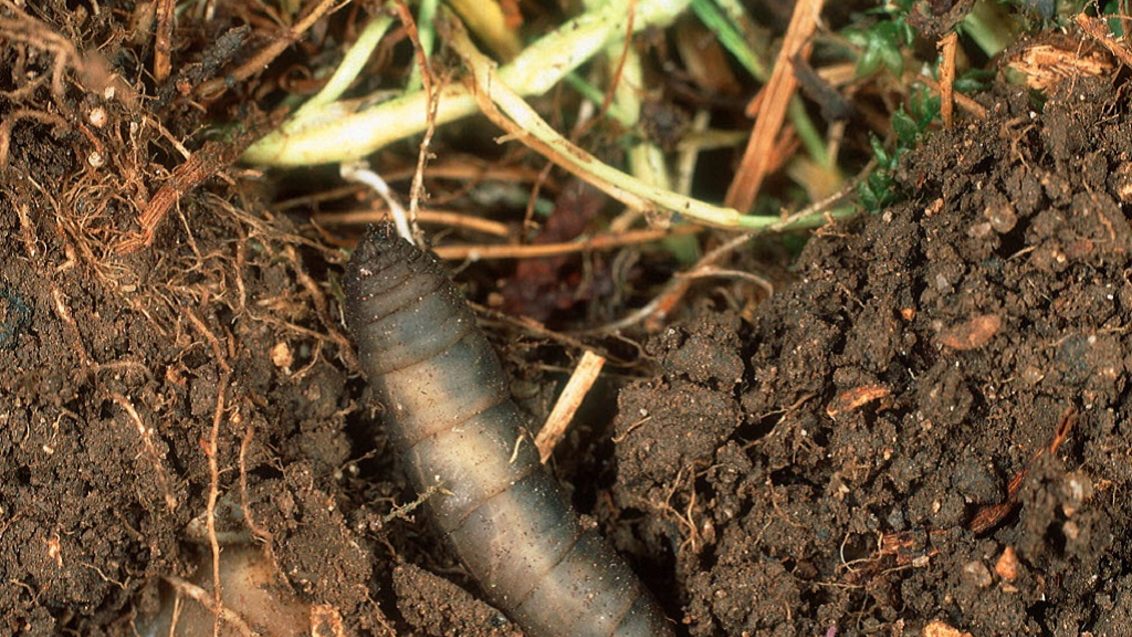Leatherjackets
Turf Pest
Crane fly (Daddy Long Legs) are the adult of the soil pest larvae, leatherjackets.
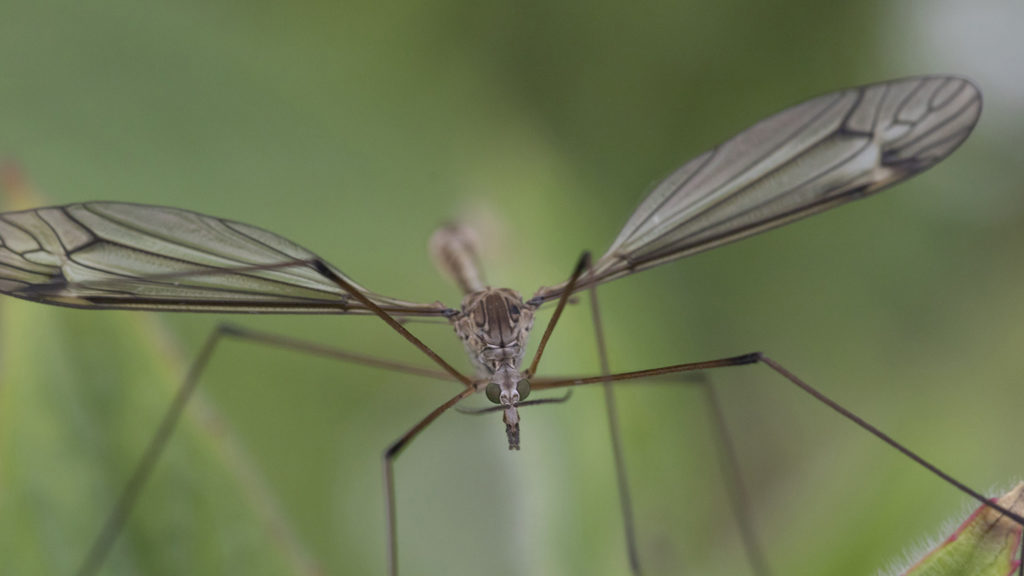
Crane fly (Daddy Long Legs) are the adult of the soil pest larvae, leatherjackets.
European crane fly - Tipula paludosa – is the most common in Britain, typically emerging in mid-August to mid-September, but can be later depending on soil conditions.
A similar species, Tipula oleracea, also present but at lower numbers. It emerges and flies in May and June.
Each female crane fly will lay up to 400 eggs, in small deposits of around six small brown eggs laid in numerous spots at the base of turf plants.
Eggs typically hatch in 14 days, with larvae starting to feed.
Leatherjacket larvae
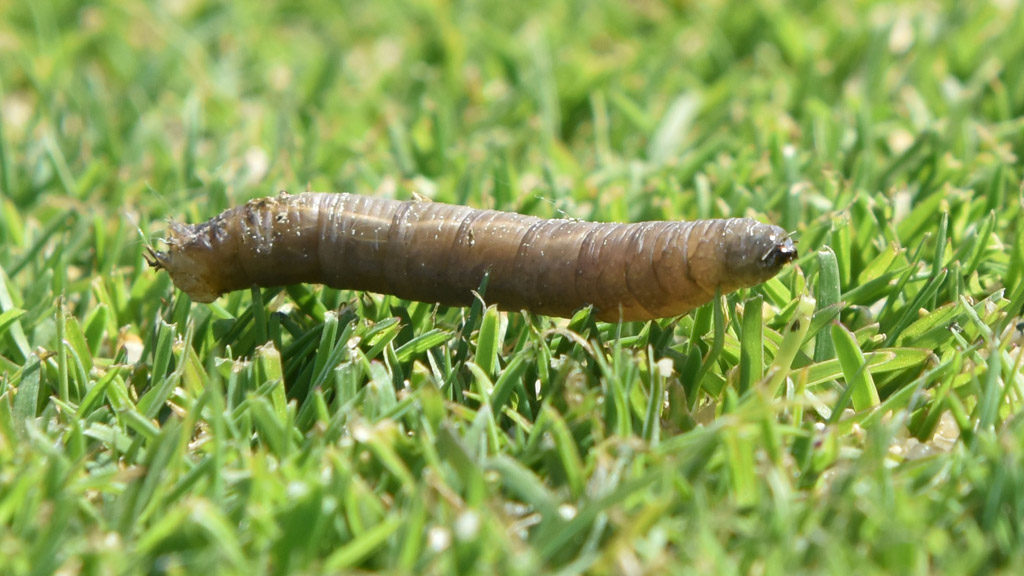
Crane fly eggs hatch after 14 days. The 1st instar larvae are around 0.3 cm long, growing to one cm after approximately one month - typically around November in the UK.
Development continues through to a second and third instar stage, where it will overwinter deeper in the soil.
In spring it moves back to the surface to continue foraging on roots and organic matter, to reach up to four cm.
Through the summer it burrows deeper to pupate, before the adults re-emerge in the late summer. Soil conditions appear to play an important role in the pupae hatching timing.

